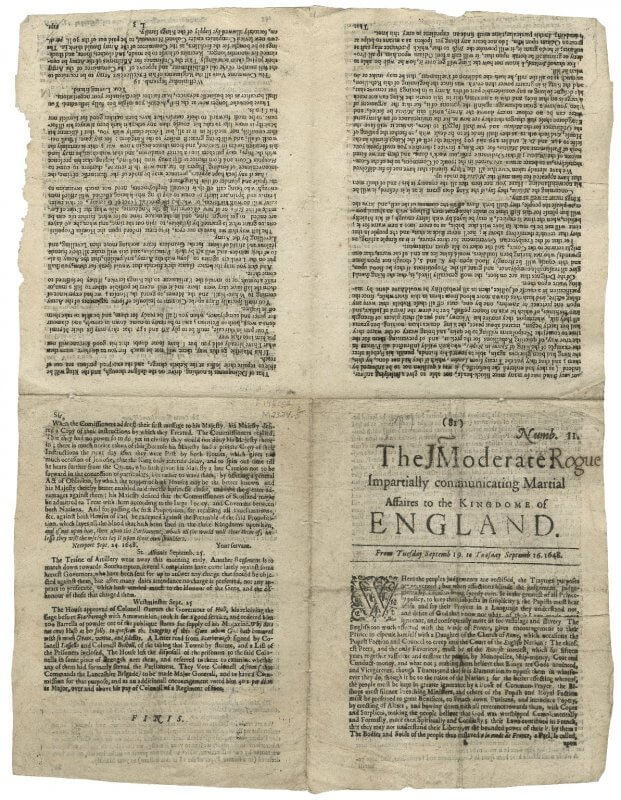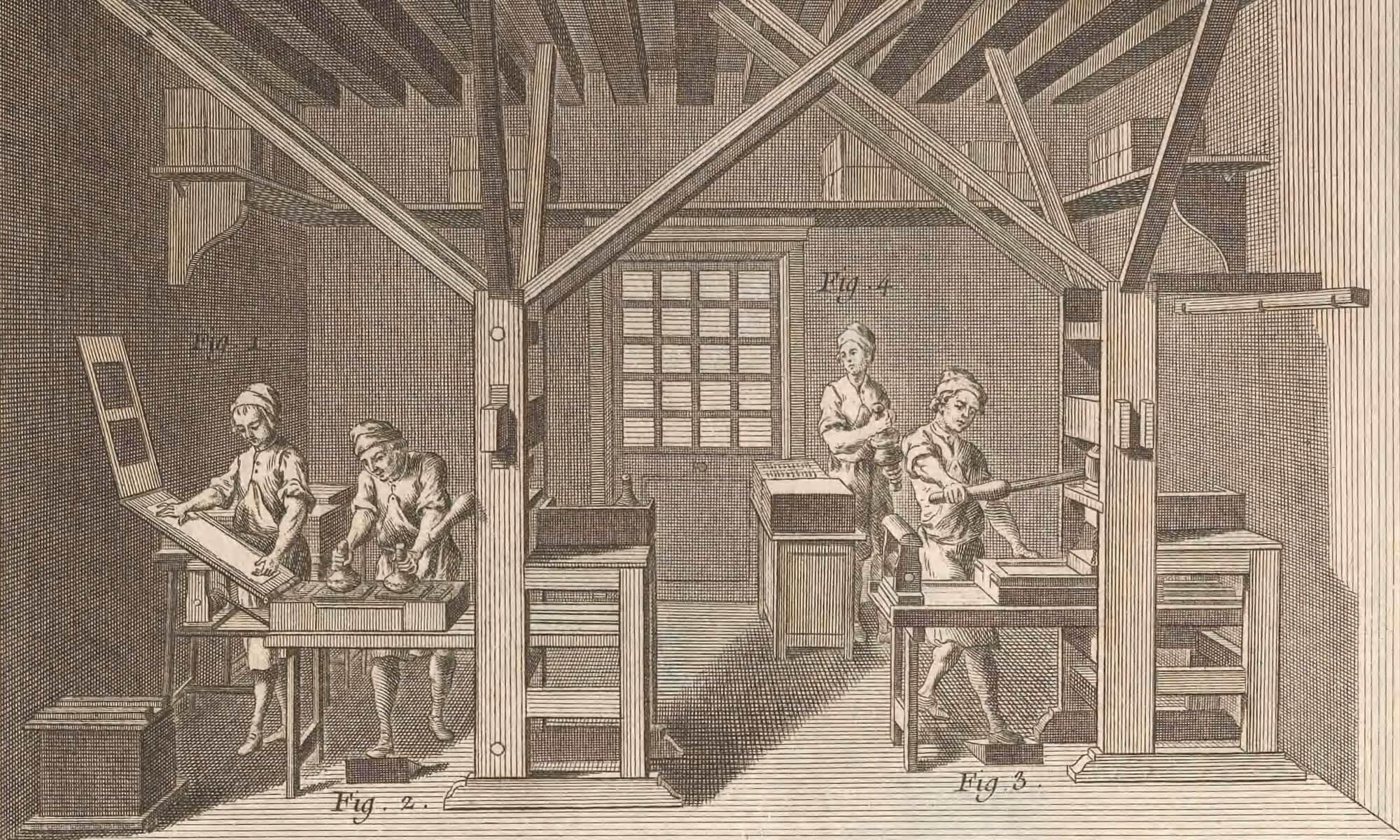Nider, Manuale Confessorum, 1474 ([1]1r)

Nider, Manuale confessorum, 1474 ([3]3r)
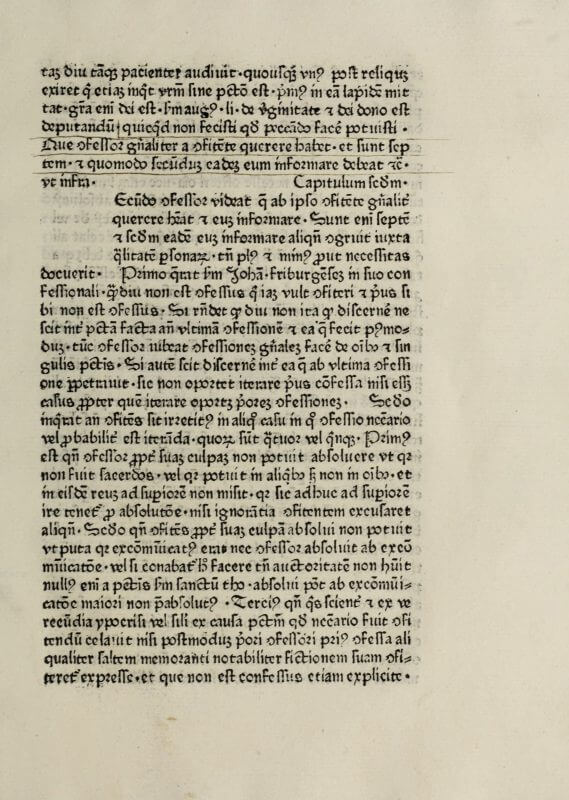
Prouisiones cedulas, 1563 (m2r)

Rinuccio, Aesop, 1521 (sig. c7r)
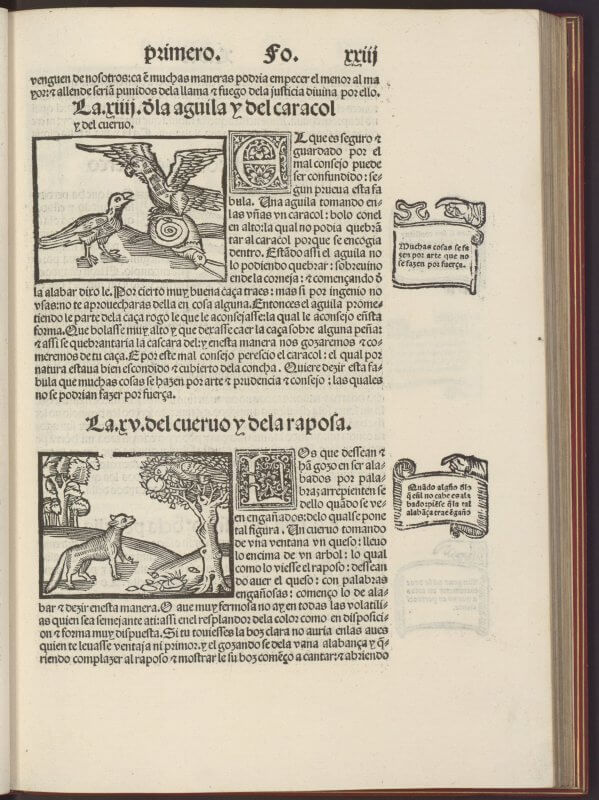
Sacrobosco, Noviciis adolescentibus, 1485 ([1]2r)
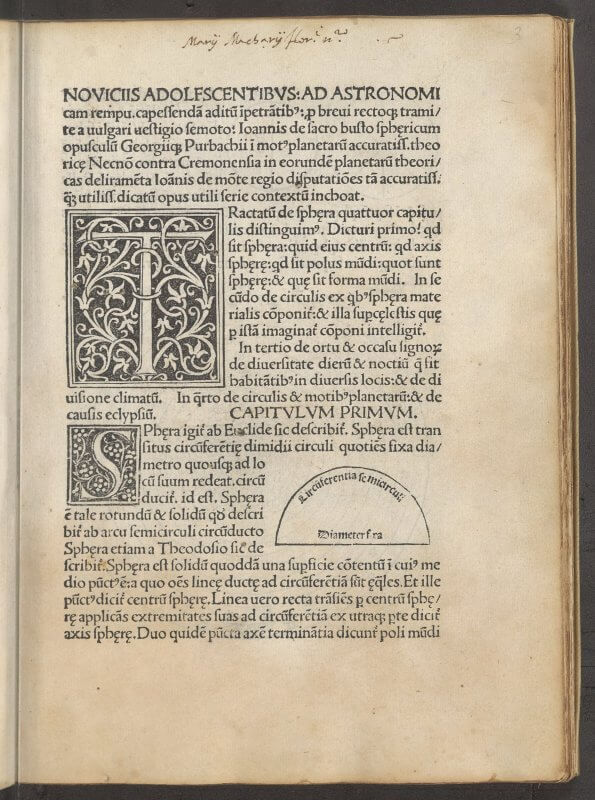
Shakespeare, First Folio, 1623 (nn4v)
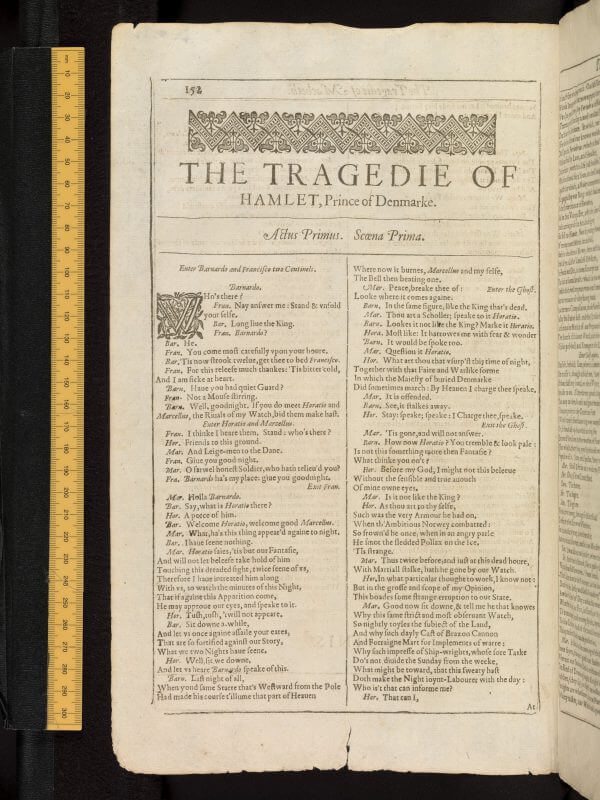
Soldini, Anima brutorum, 1776 (a8r; Getty)
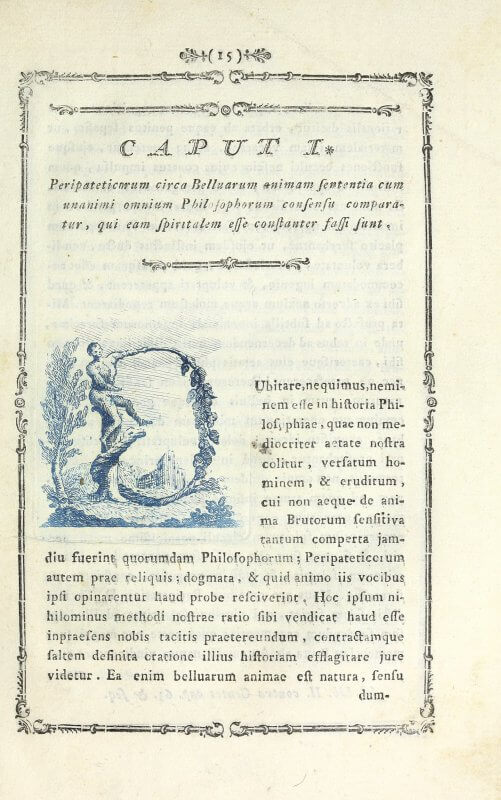
Soldini, Anima brutorum, 1776 (a8r; Smithsonian)
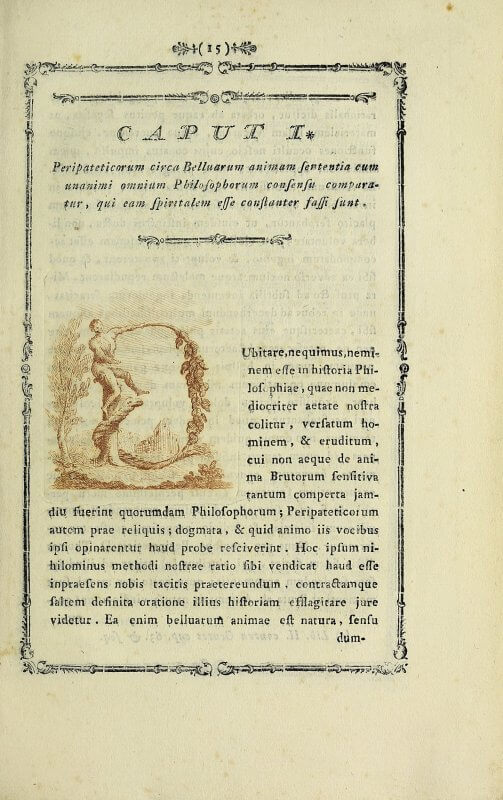
Tabulae abcdariae pueriles, 1544 (recto)
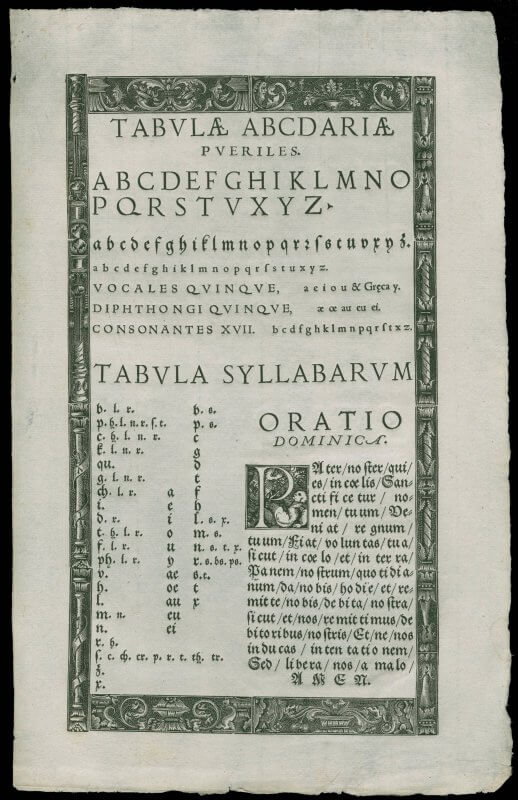
The Moderate, 1648 (recto)
